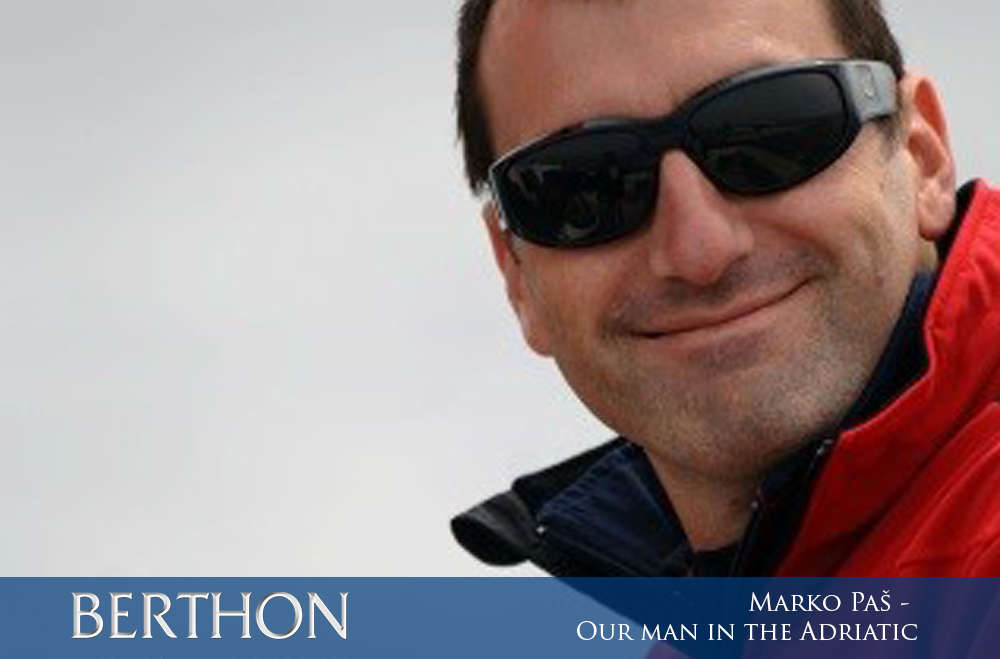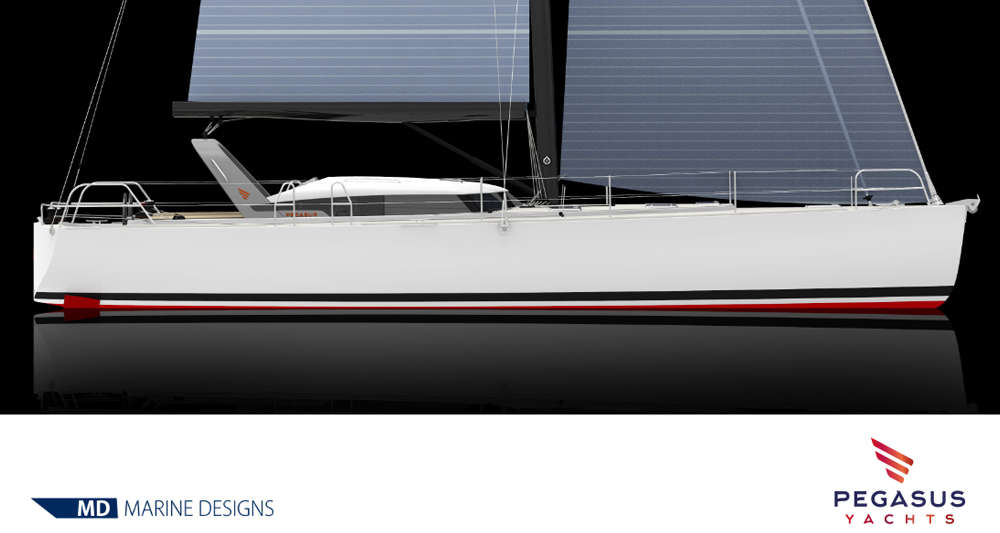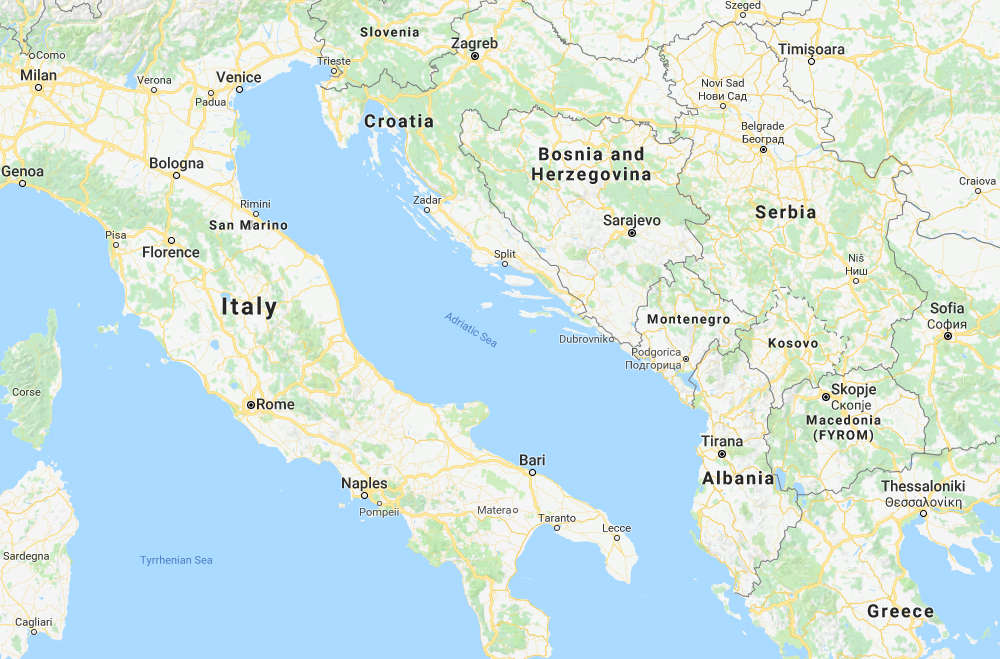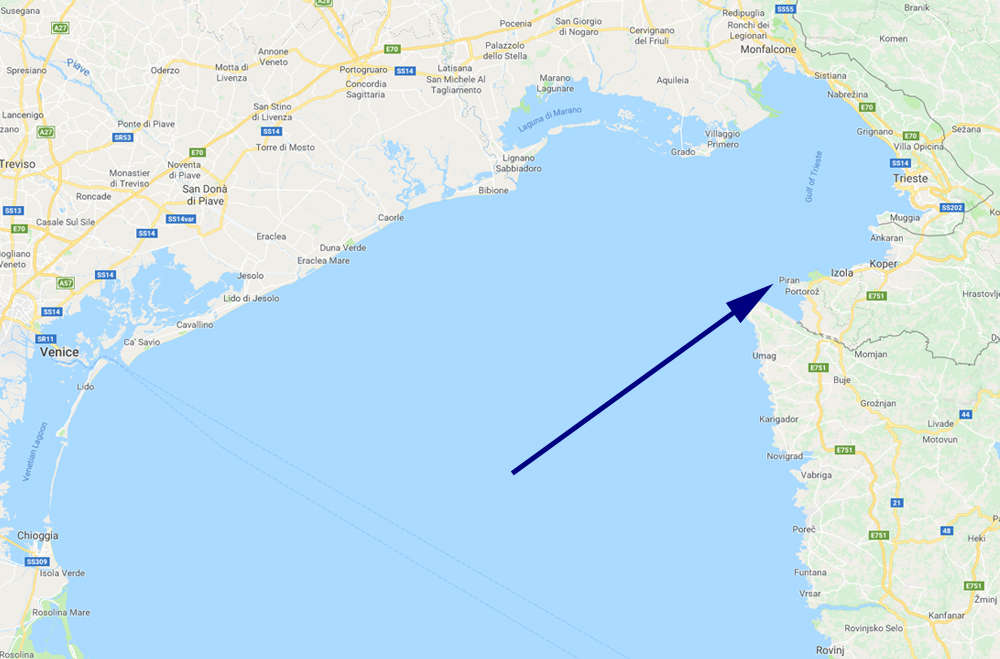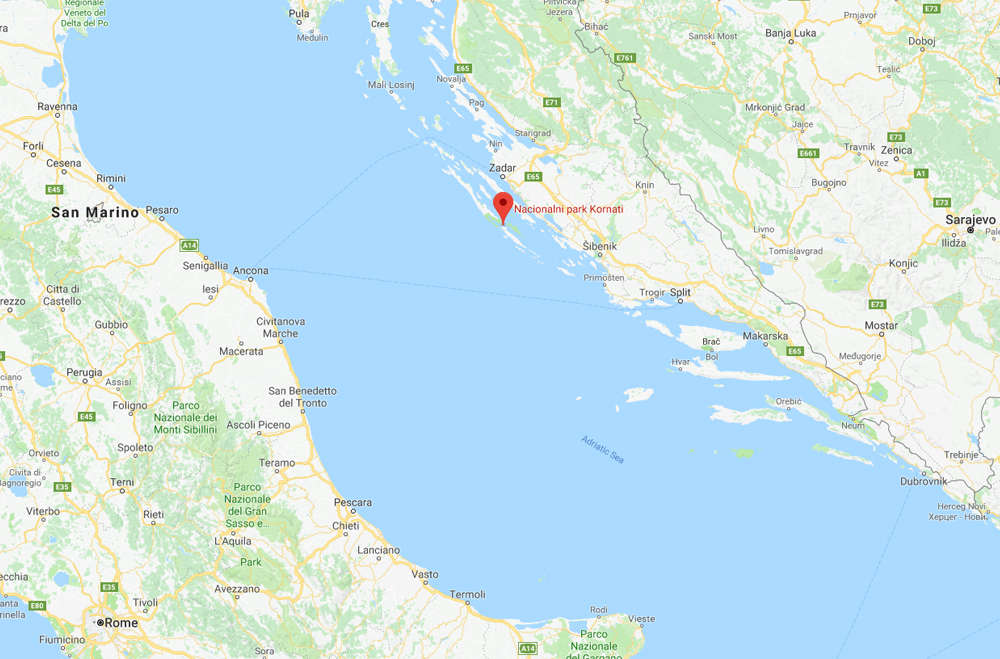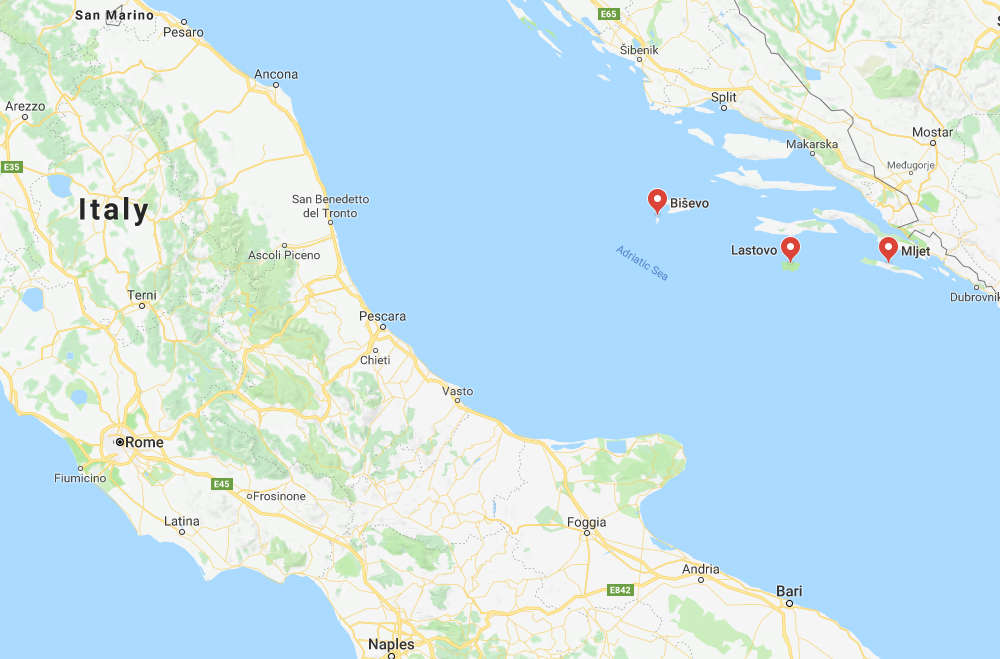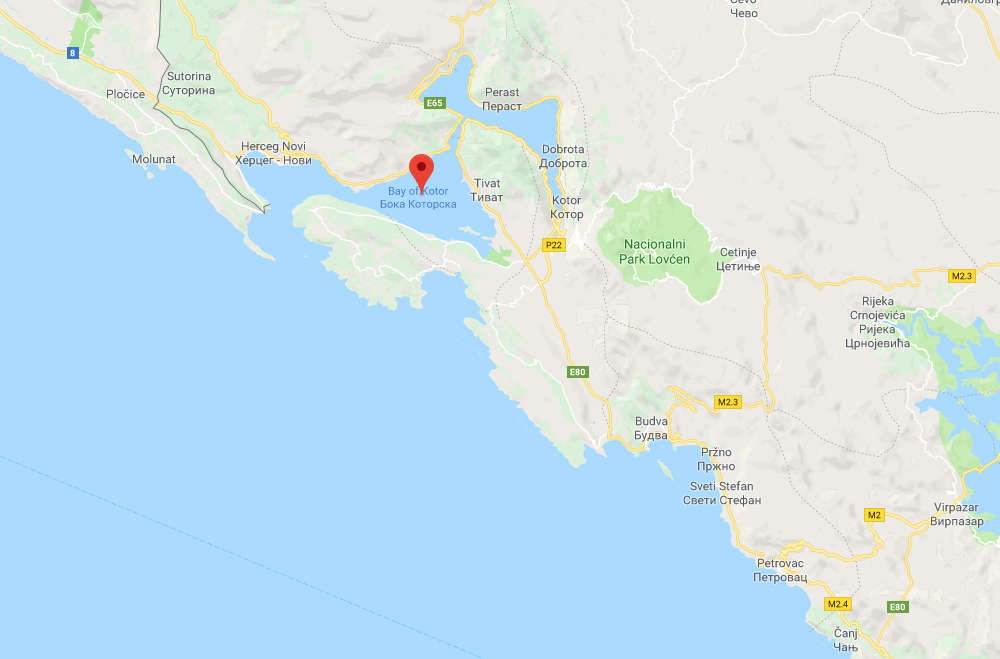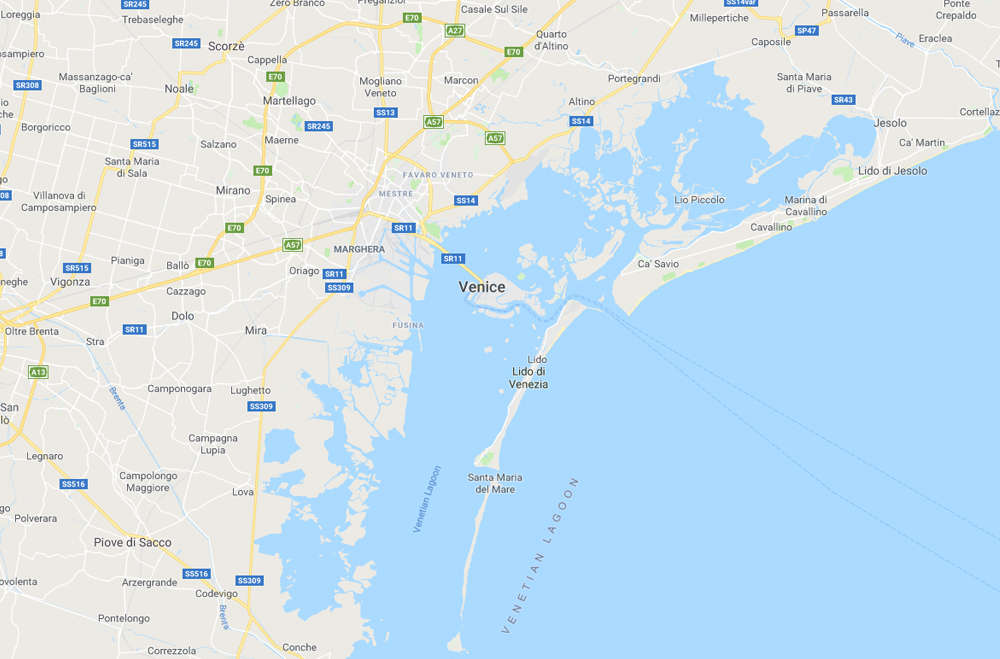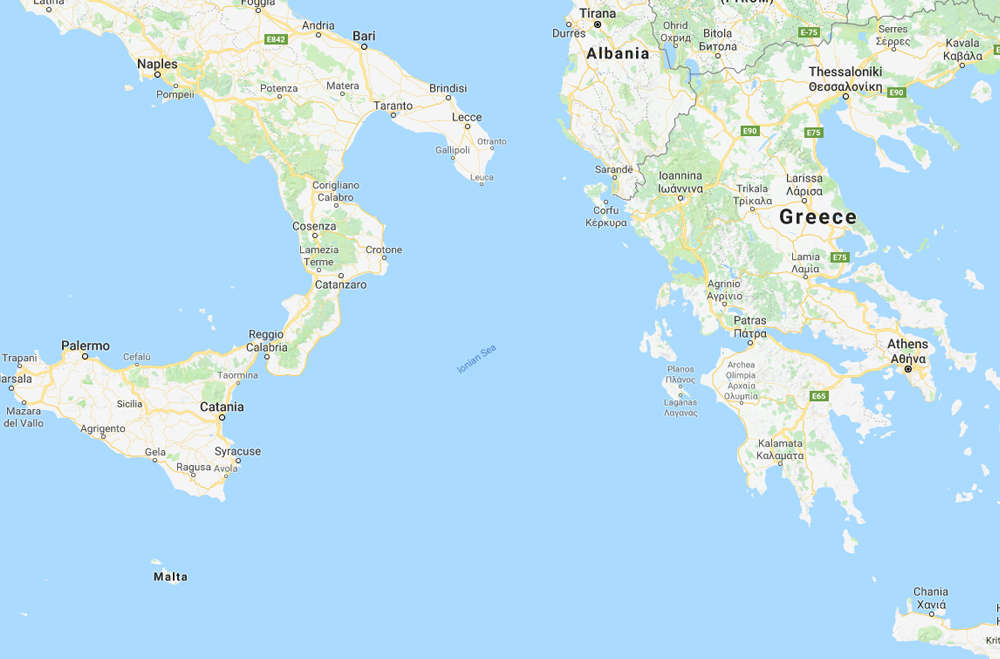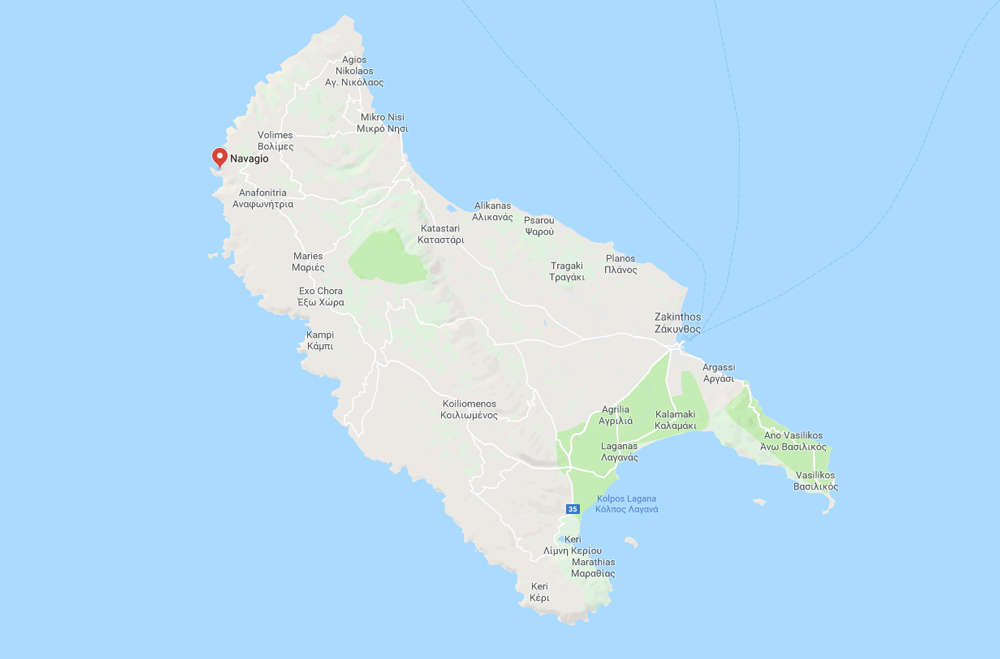Your Local Broker, Internationally
Berthon UK
(Lymington, Hampshire - UK)
Sue Grant
sue.grant@berthon.co.uk
0044 (0)1590 679 222
Berthon Scandinavia
(Henån, Sweden)
Magnus Kullberg
magnus.kullberg@berthonscandinavia.se
0046 304 694 000
Berthon Spain
(Palma de Mallorca, Spain)
Simon Turner
simon.turner@berthoninternational.com
0034 639 701 234
Berthon USA
(Rhode Island, USA)
Jennifer Stewart
jennifer.stewart@berthonusa.com
001 401 846 8404
Marko Pas – Our man in the Adriatic
April 17th, 2018
Marko Paš from Ljubljana, Slovenia, spent the last 25 years cruising and racing in the Mediterranean, the North Sea and the Baltic. He participated in the Athens Olympic Games in 2004 as crew in a Tornado catamaran. He spends his free time cruising with family, racing and investigating undiscovered cruising grounds.
With an engineering background, he has worked in the marine industry as a designer, naval architect and project manager, working on a total of over 160 projects involving sailing and motor yachts, all these projects have been for prominent yacht builders.
During his time spent designing and engineering yachts, Marco has established many close connections to naval architects, exterior and interior designers and stylists, structural and hydrodynamic specialists as well as the majority of the major industry suppliers.
“Efficient development and build, with builder and client focus is my field of interest and concentration. Constant innovation in materials and solutions is an inevitable part of success.”
Responsible for the development of Shipman yachts, the first serial carbon construction performance cruiser, 44 Shipmans were built in a 4 model range.
With involvement in working boats, such as patrol and pilot vessels, Marco is experienced in all aspects of the marine environment at its most harsh, which brings an awareness of safety and the necessary reliability back in to the design phase.
The latest project, Pegasus 50 is a merger of the experience gained in previous work, optimized for shorthanded, blue water sailing with the accent on safety, simplicity of use and maintenance, and comfort on board.
“I will be honoured to support Berthon clients in the Adriatic and Ionian area, either with cruising information, transfer support or maintenance works and to sell or buy your yacht.”
Marko Paš
Žolgerjeva 8, 1000 Ljubljana, Slovenia
+386 41 370 107
marko.pas.md@gmail.com
Skype: marko_pas
Adriatic and Ionian Sea
The east Adriatic Sea coast extends from Trieste in Italy, a beautiful Austro-Hungarian empire port city, through the Slovenian, Croatian and Montenegro coastline ending in Albania.
The first stretch of 100 miles, south bound, along the Istria peninsula with traditional cities Piran and Rovinj, alike. In fact, Istria is highly populated with tourists from central Europe in June and July, but the spring and autumn months are a great time to visit these places. Good food, especially fresh fish, and high quality, locally produced wines can be enjoyed in this area. Small ports and marinas are located no more than every 15 miles apart.
Picturesque old town Piran, in Slovenia (with Eastern end of Central Alps in the background)
The next stretch of 250 nautical miles of the east Adriatic coast can be placed on the worlds ‘must sail’ locations. The thousands of islands along the main land represent a perfect sailing and live-aboard experience, with numerous naturally protected anchorages, picturesque Mediterranean towns and fishing and farming villages. In general, the sea water is still crystal clear with some sea life, which is unfortunately diminishing year by year. There are incentives to stop fishing in the entire Adriatic area, but pressure from the capital and personal interests are not in tune with the preservation of natural resources. Dolphins playing with and around the bow are a very common experience in this area.
Kornati archipelago: National park, an incredible sailing area with well-preserved nature and safe anchorages. http://kornati.novena.hr/
The central Croatian coast has arguably the world’s biggest yacht charter fleet, operating most of the year, with its peak of operation from June to October. Charter yachts can make some of the bays crowded, but there are many alternatives – an experienced yachtsman will easily find an empty, sheltered anchoring place where you can swim alone in the morning and sail away straight off the anchor.
The distances between islands are no greater than 30 miles, usually much less, so stopping for lunch or a swim is a daily routine. Provisions are available in small shops in every village, with the obligatory Cafe bar nearby. There are all kinds of restaurants offering the full spectrum of culinary experience from fast food, with French fries and grilled minced meat, to carefully selected and prepared fresh fish and local vegetables with high-end, locally grown and produced wines. The rule is that the further from the mainland you are, the better and more natural the food is, with many exemptions of course. If you only consider price versus performance, you will find this area expensive, but considering the environment and pleasant atmosphere, it is definitely worth building a season or so in this area into your cruising programme.
The Adriatic in general is well charted. I have been sailing in the area for over 25 years, and in the last 10 years I have always done so with a tablet and electronic charts which have been totally reliable.
There are plenty of marinas with travel lifts and maintenance possibilities along the coast line. The main cities with airports are Pula, Zadar, Split and Dubrovnik, all are worth a visit and there are plenty of inexpensive direct flights from Europe.
Mljet, Bisevo and Lastovo, remote islands with lots of green and local culture.
Montenegro’s part of the Adriatic coast is in the deep and narrow Kotor Bay. It looks similar to the Norwegian fjords, surrounded by high mountains. Montenegro is not part of the EU, and the Bay of Kotor is home to a newly developed marina with superyacht facilities. A pleasant Balkan feeling, good food and historical remains combined with potential tax benefits, make it a great staging place to go for a few days or for winter layup. Flying to Dubrovnik and taking a taxi to Tivat is an easy way to reach the marina.
Montenegro’s Kotor bay surrounded with high mountains.
Albania lies at the south east entrance to the Adriatic Sea and stretches 150 miles between Montenegro and Greece. Albania was isolated for a long time but it is now slowly opening access to its coast for yachting. Entering Albania still seems to be complicated due to customs procedures, but this will change soon. Albania offers a different shape of coast line from Croatia with even higher mountains which have sandy beaches at their feet. The Albanian people are charming. Definitely an area that is on a list ‘to be discovered’.
Weather in the Adriatic is stable and predictable, with a very precise online weather forecasting service. Winds are low to moderate and the sea remains calm, especially for those yachts coming from other areas, the Adriatic feels like a calm pocket of the Mediterranean with very short distances between safe harbours.
West Adriatic Coast
Venice is a dominant, internationally known and popular location in the Adriatic. Located on the north western tip of the Adriatic Sea, a day sail from Piran or Trieste. Sailing into Venice’s lagoon offers a totally different experience of a unique city on the water compared with visiting it from the land side. When approaching with a yacht you can moor and stay overnight by the islands in front of famous San Marco square. Staying in Venice for 3 days or a week and discovering Venice from the water, using the local water transportation system, is a rare experience and one which is only open to visiting yachts.
Along the west Adriatic coast, there are many historical towns and old fishing ports, with great cultural and folk law, local fish and vegetable markets. The coast between these cities is rather boring and there is little shelter. Crossing to the east Croatian coast is a long day’s sail of approximately 70 miles.
Venice, a city on water accessible from the sea.
Greek Ionian Sea
An excellent sailing and living venue saturated with ancient Greek history, which extends from the south Adriatic to the 3 fingers of the Peloponnesus peninsula, with the famous islands of Ithaca and Zakynthos among many others, as well as the mainland.
Almost perfectly charted and covered with good pilot books, with broader descriptions such as the books by Rod Heikel.
Famous Shipwreck bay at west side Zakynthos.
With a decent sized dingy, despite the very crowded summer season months of July and August, it is still possible to find beautiful remote anchorages.
Great, freshly made, traditional food in local taverns with tables that are set up on quays and sandy beaches. This area offers an excellent price performance ratio and the people are kind and warm, even in the high season when they are at their busiest.
The area offers stable and predictable weather, with plenty of possibilities to leave yachts over the winter season on hard standing for a reasonable cost.

